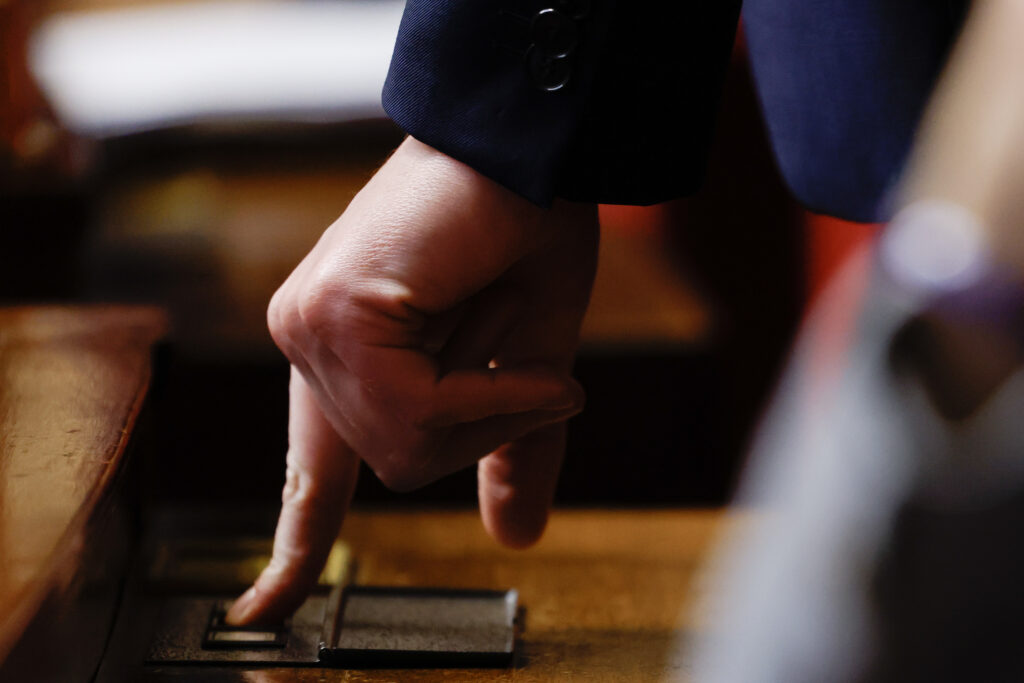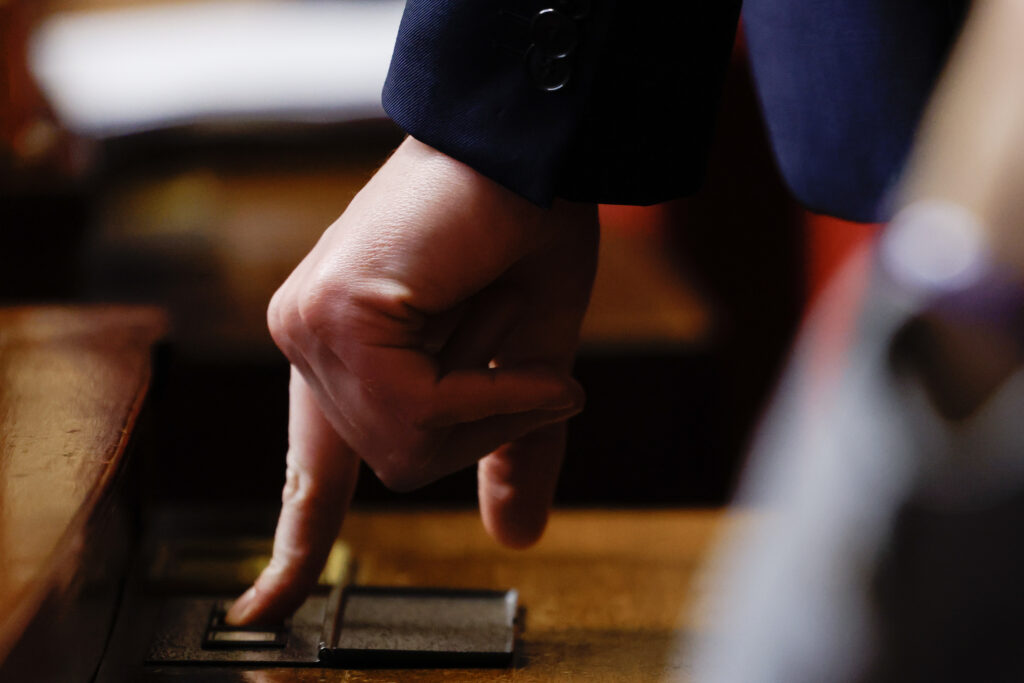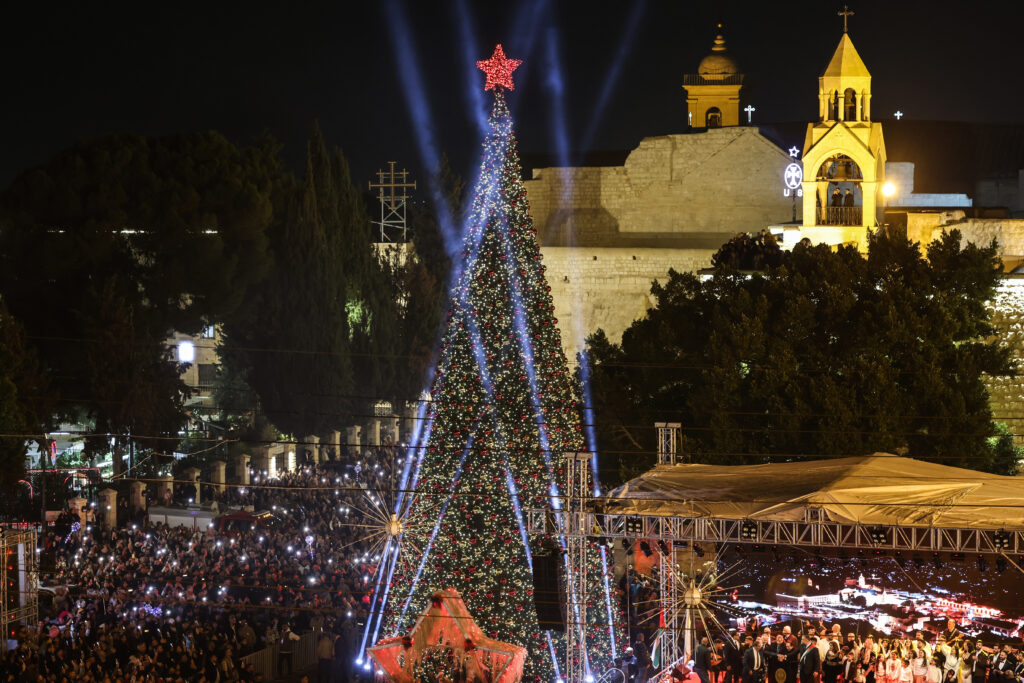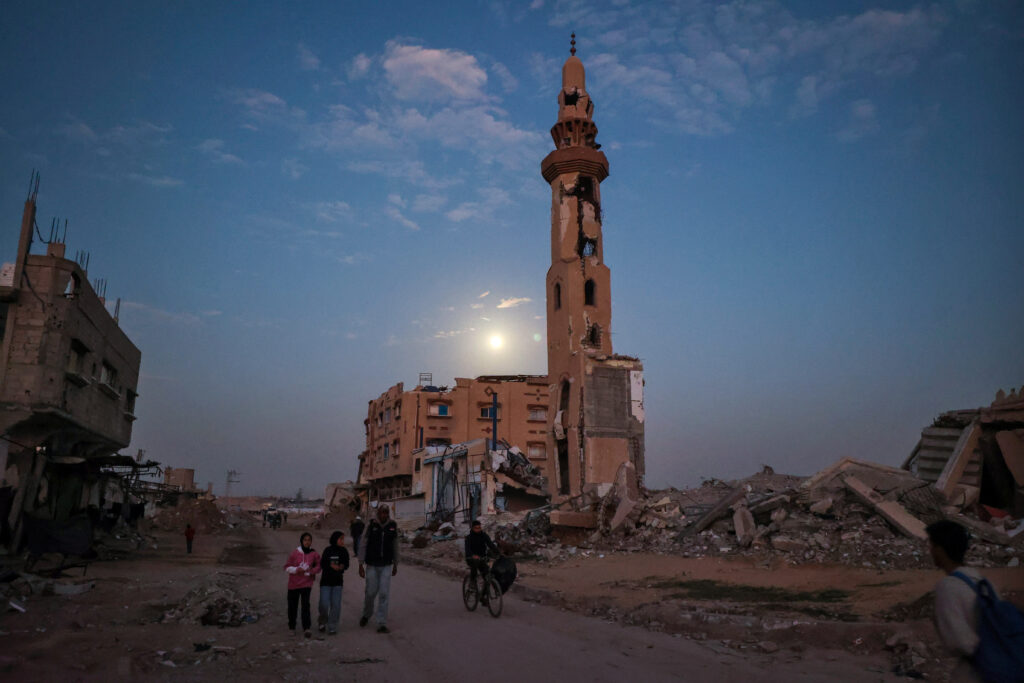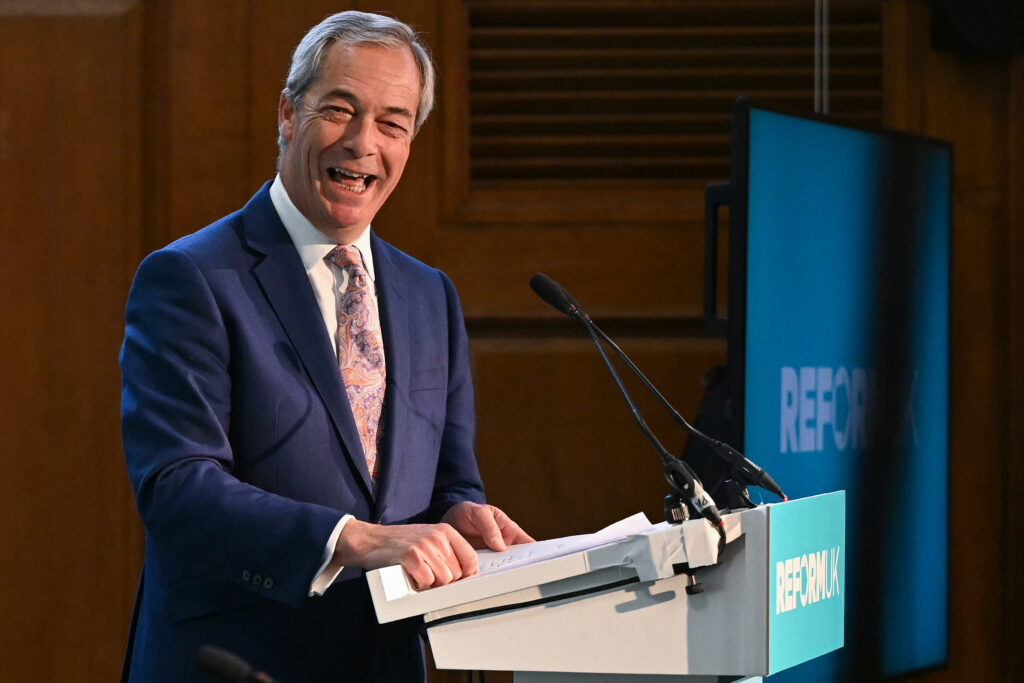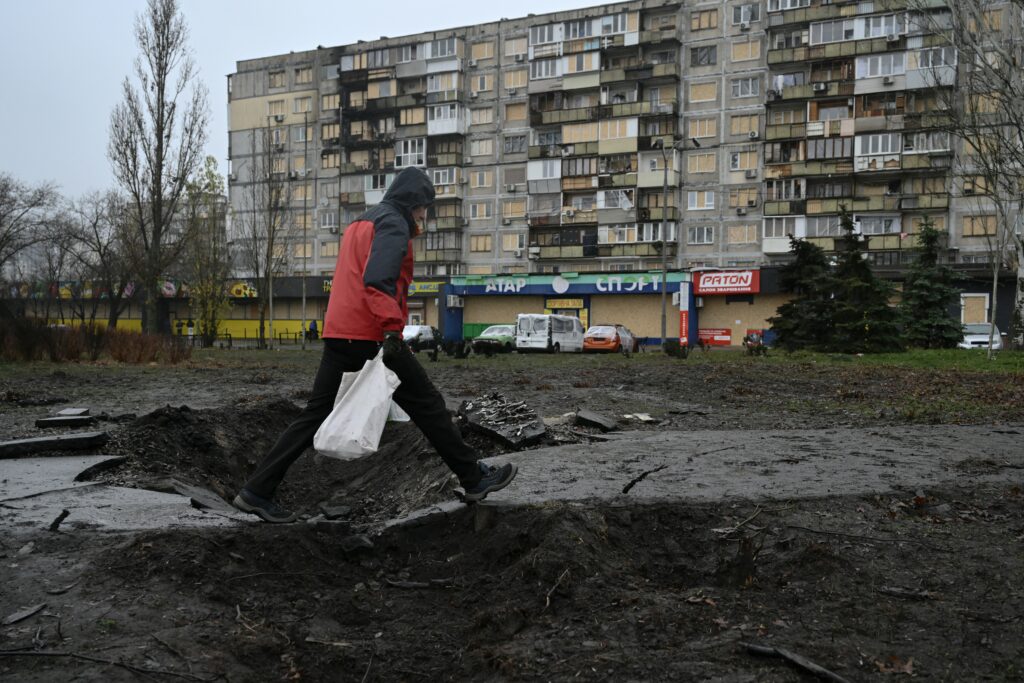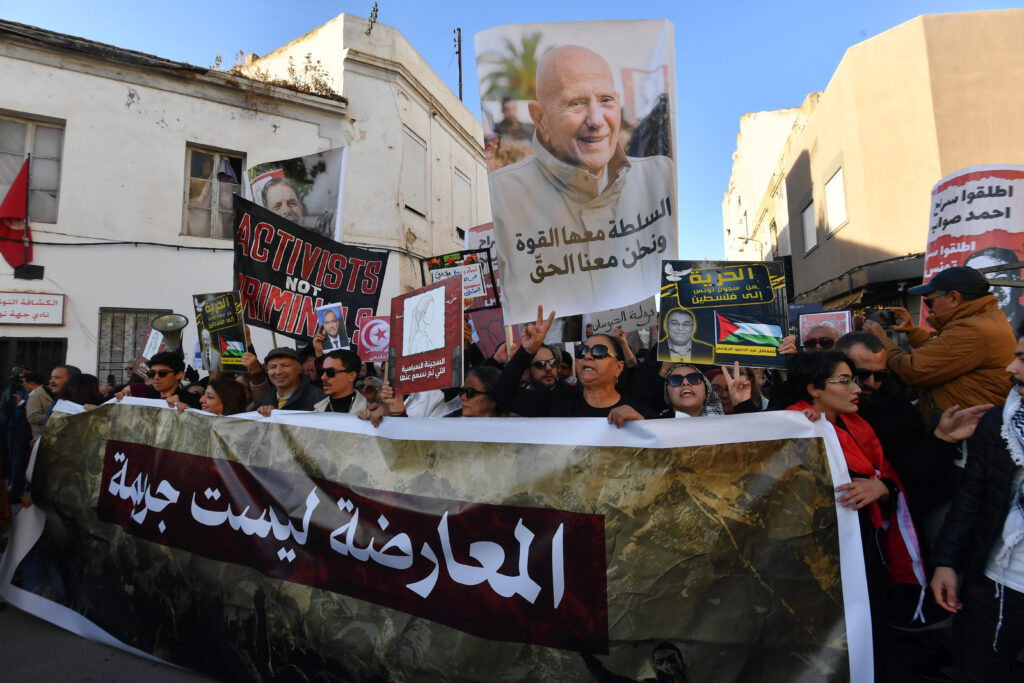Budget de la Sécu: l’Assemblée rétablit la suspension de la réforme des retraites, nouveau vote décisif mardi
Après avoir adopté vendredi la partie recettes du budget de la Sécurité sociale dans un scrutin à suspense, l’Assemblée a réintroduit la suspension de l’emblématique réforme des retraites. Prochaine étape: le vote sur l’ensemble du texte mardi, avec un résultat très incertain.Ce budget “n’est pas parfait, mais il est le meilleur budget possible”, a estimé le Premier ministre Sébastien Lecornu sur X, en invitant les députés à se prononcer la semaine prochaine “en conscience, pour l’intérêt général”.Les députés ont quasiment terminé l’examen des articles dans la nuit de vendredi à samedi, et l’achèveront mardi. Ils voteront dans la foulée sur le volet “dépenses” du texte, avant le vote sur l’ensemble du projet de loi. Une dernière discussion concernera l’article crucial sur l’objectif des dépenses de l’assurance maladie (l’Ondam). La ministre de la Santé, Stéphanie Rist, a d’ores et déjà annoncé son “objectif” de présenter un amendement portant une augmentation de “3%” de ces dépenses (contre +2% jusqu’ici). Une mesure explosive du texte, le gel des pensions de retraite et des minima sociaux, a été largement rejetée, comme en première lecture. Elle avait été partiellement rétablie au Sénat.Ce même Sénat s’était opposé à la suspension de la réforme des retraites, prix de la non-censure du gouvernement par les socialistes. Les députés l’ont rétablie par 162 voix contre 75.Alors que le positionnement des groupes de gauche se révélera décisif mardi, le Premier ministre a fait valoir la parole “tenue” sur ce sujet, et appelé ceux ayant “combattu” la réforme des retraites à se prononcer “loin des considérations politiciennes”.Mais une adoption du texte est loin d’être gagnée. Interrogée sur une éventuelle démission de Sébastien Lecornu en cas de rejet, la porte-parole du gouvernement Maud Bregeon a affirmé dans La Tribune Dimanche que “cela n’aurait pas de sens, sinon il aurait engagé la responsabilité du gouvernement”, en ne renonçant pas à l’utilisation de l’article 49.3 de la Constitution.- “Grand perdant”: le déficit -Une donnée importante sera l’estimation finale du déficit de la Sécurité sociale pour 2026, induit par toutes les mesures votées.Selon la ministre des Comptes publics Amélie de Montchalin, après la suppression du gel des retraites et des minima sociaux, ce déficit a été porté à 22,5 milliards d’euros. Or la cible du gouvernement était un déficit à 20 milliards.Mais “ne pas avoir de budget serait dangereux, pour notre protection sociale, nos comptes publics et pour le rôle du Parlement”, a écrit Sébastien Lecornu sur X. Estimant toutefois que le déficit est “encore trop grand pour ne rien faire”, il n’a pas exclu que certaines “réformes” puissent être “prises par décret après concertation”. Plus tôt cette semaine, il avait notamment évoqué la question de la “bureaucratie médicale”.- Résultat “pas reconductible” -Vendredi, la partie recettes a reçu un feu vert par 166 voix contre 140, et 32 abstentions, avec le soutien de Renaissance, du MoDem, du PS et des indépendants de Liot. L’alliance RN-UDR, LFI et les écologistes ont voté contre. LR et Horizons se sont eux majoritairement abstenus, illustrant les divisions de la fragile coalition gouvernementale après qu’Edouard Philippe ait appelé à ne pas voter “en l’état” le texte.”Je ne (le) comprends plus”, a taclé samedi sur franceinfo son ancienne ministre macroniste Agnès Pannier-Runacher, dénonçant les prises de position “totalement décalées” du maire du Havre.Le scrutin a été marqué par une faible affluence.”Ca passe parce que le RN avait seulement 69 présents (sur 123 députés, NDLR), le vote d’aujourd’hui n’est pas reconductible” mardi, alerte un cadre macroniste. “Arithmétiquement, si on considère les positions politiques des groupes aujourd’hui, ça ne passerait pas mardi”, abonde un député socialiste.Le résultat serré est donc un avertissement pour le gouvernement. Même s’il est aussi une forme de succès, quoique temporaire, après avoir multiplié les gestes d’ouverture (compromis concernant la hausse de la CSG sur les revenus du capital, promesse de ne pas augmenter les franchises médicales…)En parallèle, le Sénat poursuit l’examen du budget de l’Etat, s’attaquant au volet des “dépenses” après avoir largement adopté la partie dédiée aux recettes. Vendredi, il a approuvé la suppression de 4.000 postes d’enseignants voulue par le gouvernement.sac-are-la-sl-cma-sde/gvy
